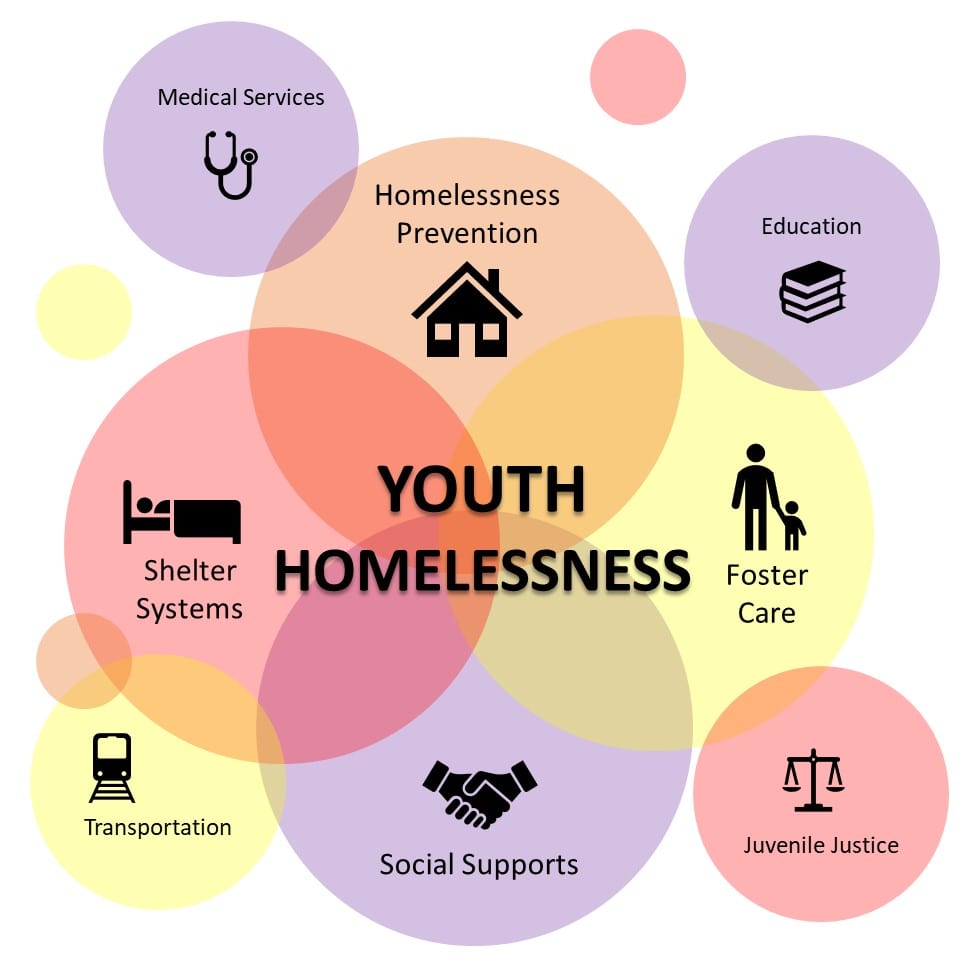Solving Youth Homelessness through Prevention

Youth homelessness represents an enduring challenge for communities across the globe. Recent national initiatives attempt to shift policy and practice towards homelessness prevention and away from shelter-based responses (Homelessness Australia, 2017; Gaetz et al., 2016; Mackie, 2015). Promising evidence supports universal prevention (e.g., tenant rights, inclusive housing), selective prevention (e.g., duty to assist insecurely housed), and indicated prevention (e.g., HomeBase, Geelong).
Less research investigates how to integrate prevention approaches into existing homeless services. Questions remain regarding how far upstream to move, and what types of prevention promise greatest impact. Additionally, transformations must balance prevention initiatives with simultaneous efforts to scale up Housing First to remediate repeat homelessness. Shifts toward prevention must consider tradeoffs and potential unintended consequences of homeless systems change.
The present study leverages computer simulation to explore shifts toward prevention from a feedback perspective. Based on the best available national data, models track the flow of insecurely housed and homeless youth, assuming constrained capacity of homeless assistance. Policy experiments improve the efficiencies of different prevention strategies (universal, selective, indicated) as well as Housing First. Models forecast trends in youth homelessness and housing insecurity associated with different national policies.
The interface below allows you to conduct experiments. First, select a country with national data on youth homelessness. Next, try different approaches to prevention – you can test single strategies and different combinations (e.g. Housing First plus universal prevention). Models improve efficiencies by up to 50%, which would represent large improvements achieved through policy changes. Graphs immediately forecast trends over 10 years if implemented in 2017.
Project Goals
- Investigate impacts of shifts in youth homeless services toward prevention and away from shelter-based approaches
- Use computer simulation to capture youth homeless population dynamics in various countries
- Forecast youth homelessness trends associated with different upstream approaches
For more information:
Child Welfare and Youth Homelessness: Emerging Evidence from a National Study